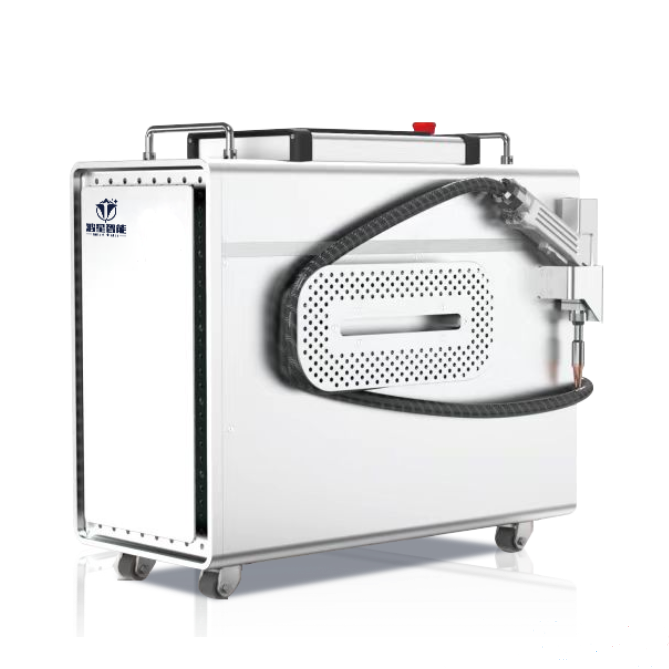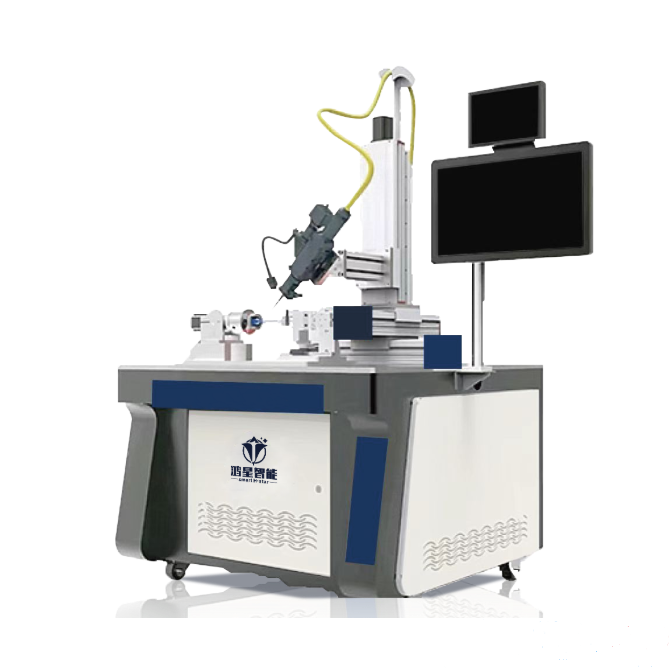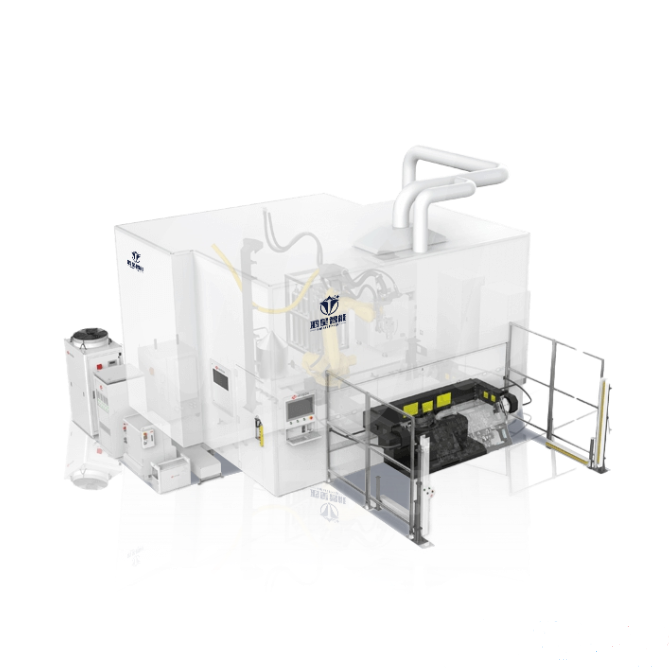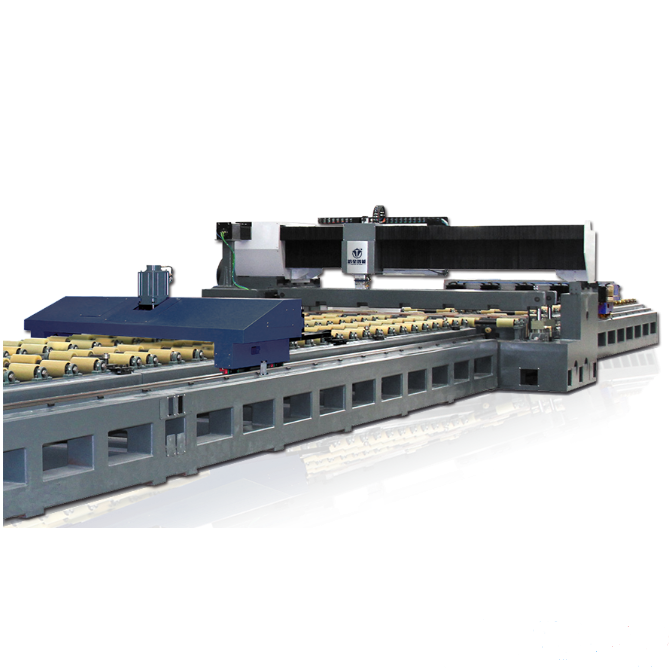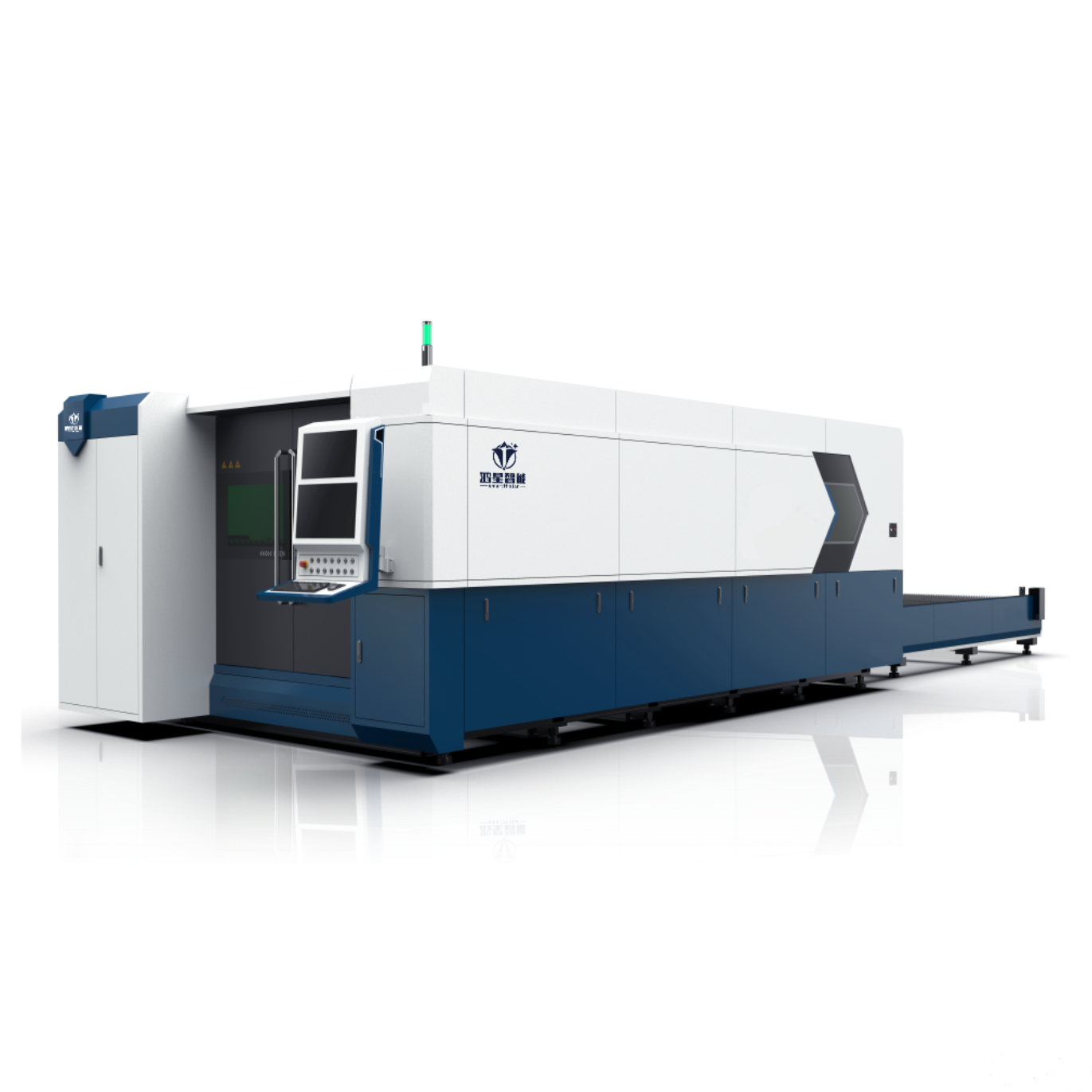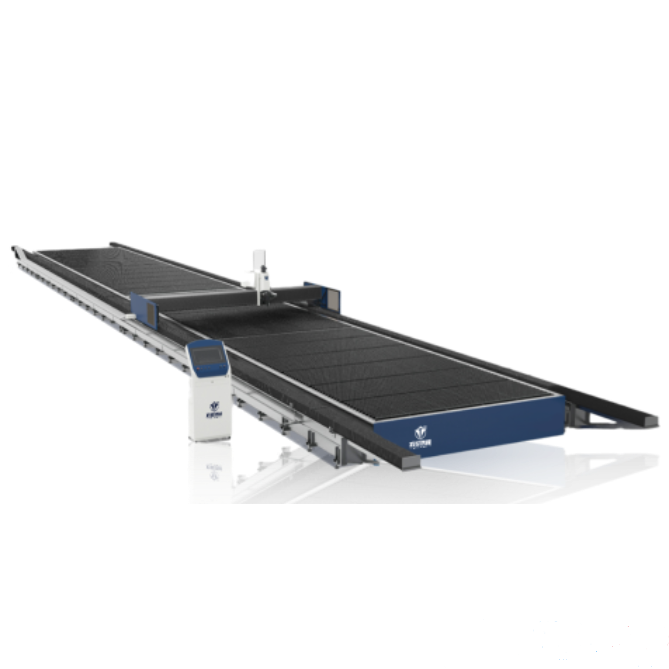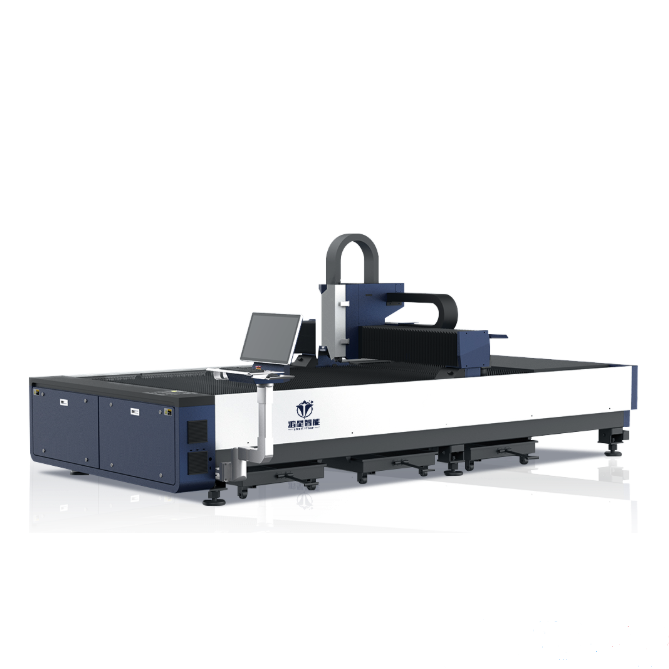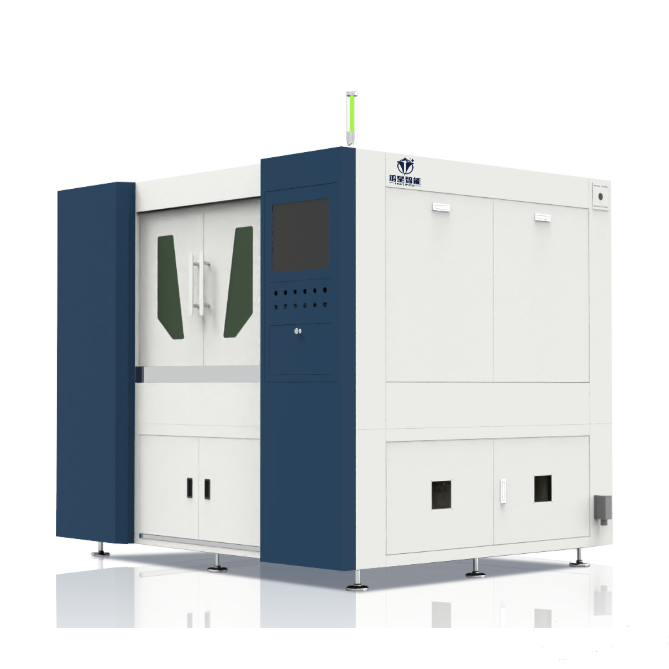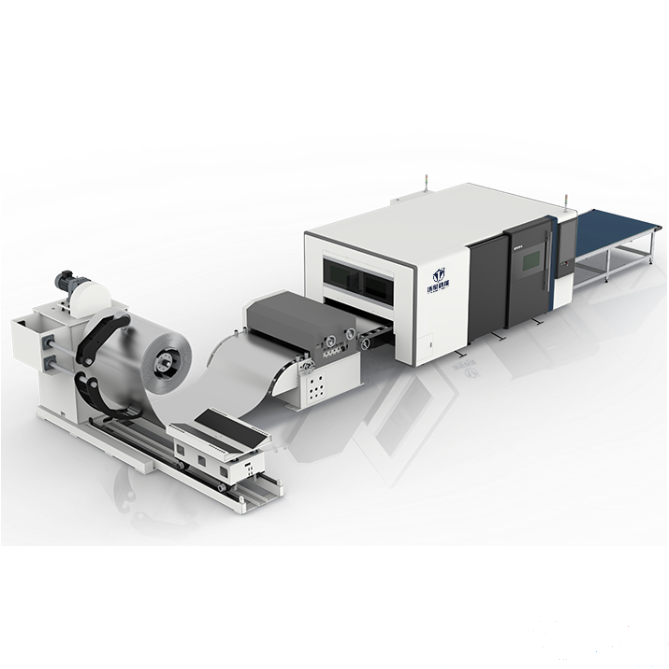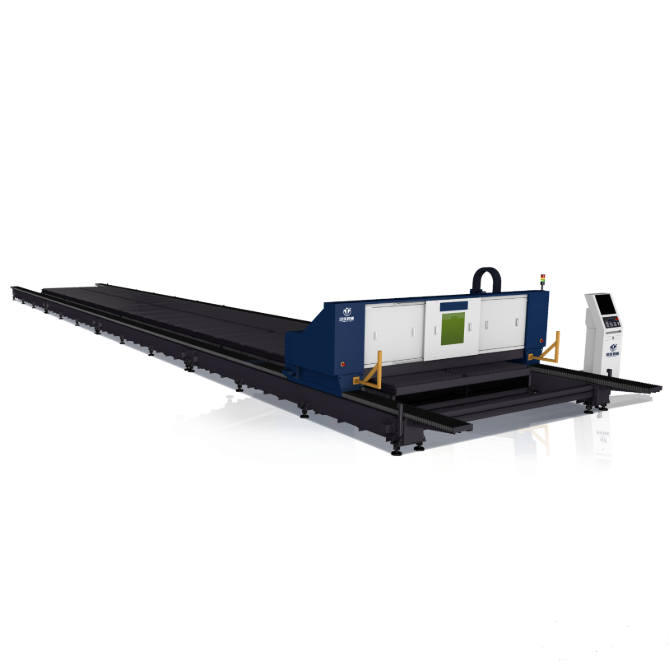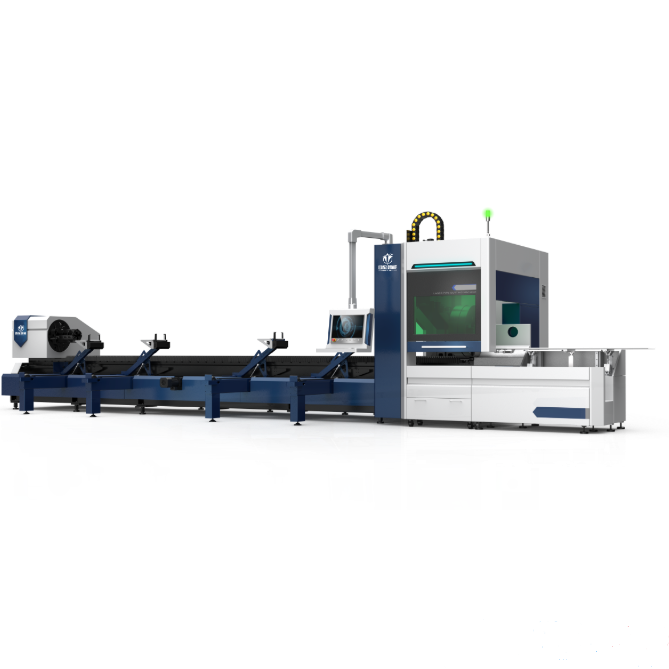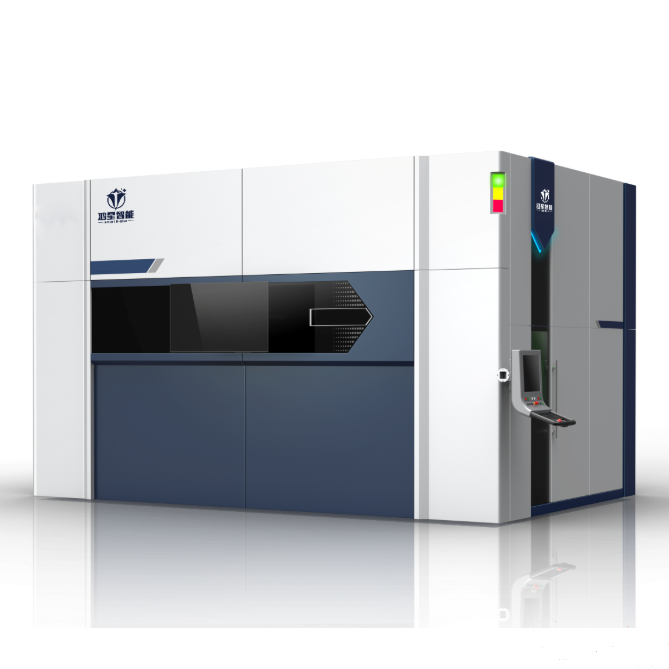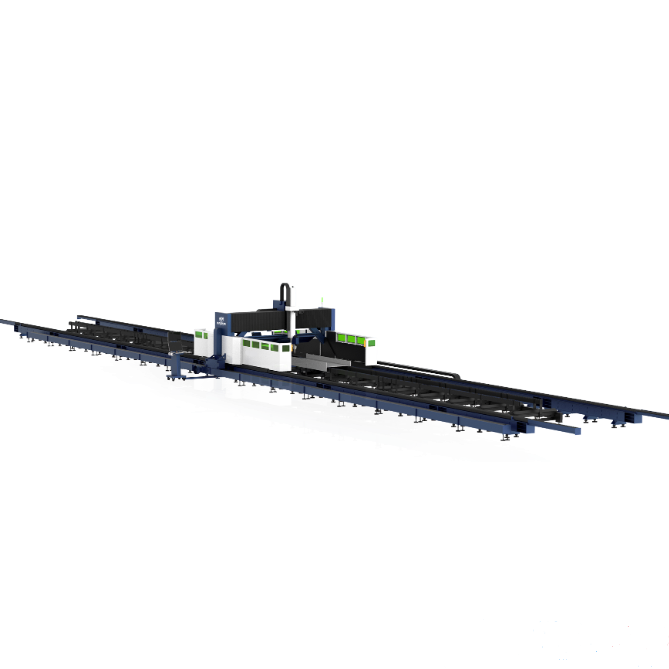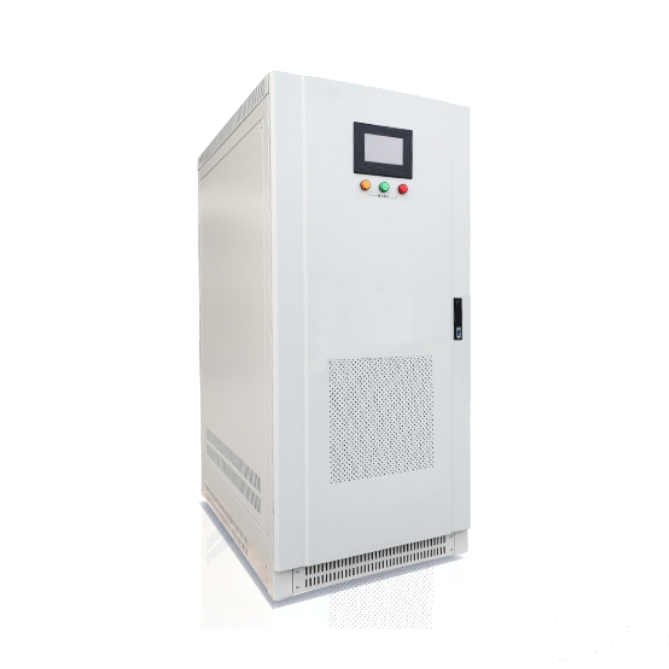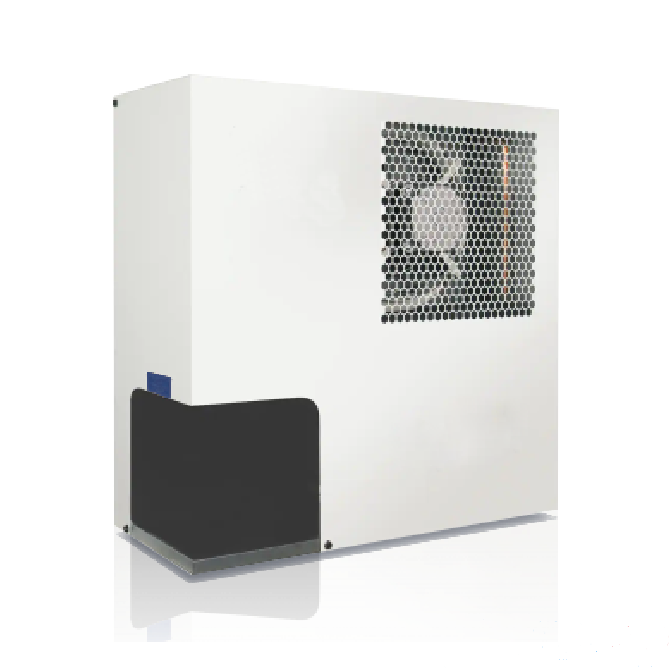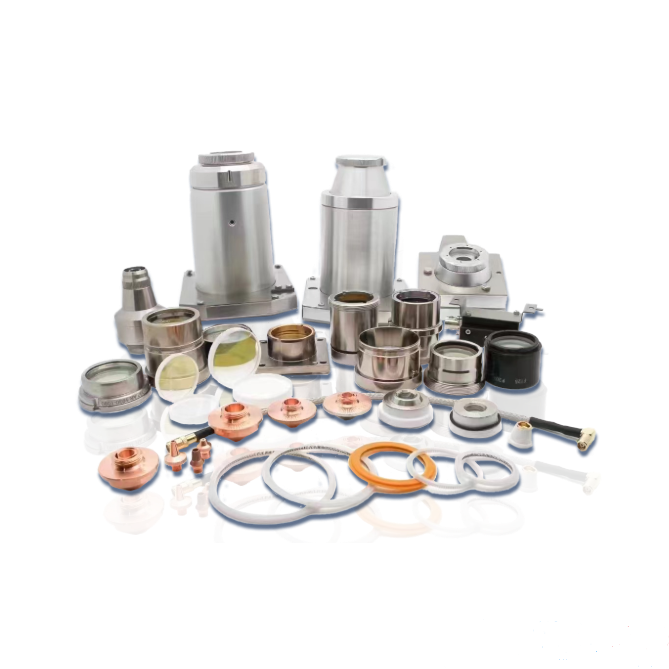Innovation and Development Application of Laser Welding Technology
Release Date:2025/03/12
Laser welding technology, as a crucial process in modern manufacturing, has shown remarkable development in both technological innovation and application fields in recent years, bringing a qualitative leap to industrial production. A comprehensive and in-depth analysis will be conducted from three dimensions: technological innovation, application fields, and development trends.
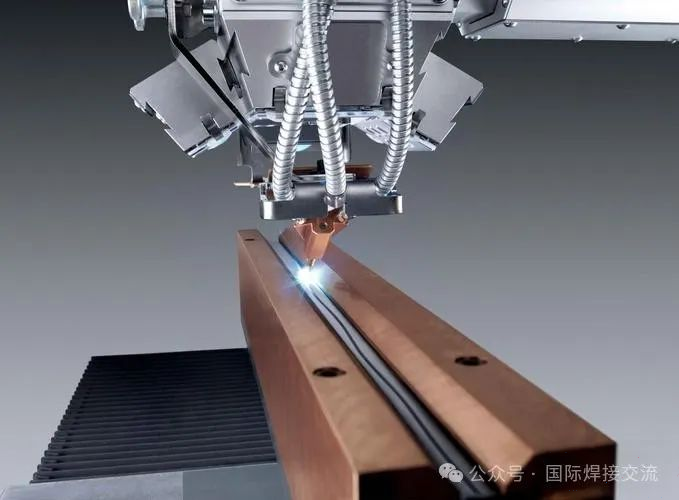
1、 Technological innovation
High power laser and composite welding technology
In recent years, high-power CO ₂, YAG lasers, and fiber optic transmission technology have become increasingly mature, bringing revolutionary changes to laser welding. High power laser greatly improves the penetration ability of welding and significantly enhances welding efficiency. Taking deep penetration welding technology as an example, it utilizes high-power density lasers to form unique small hole effects during the welding process, with a penetration depth to width ratio of up to an astonishing 10:1. This technology not only greatly improves the depth of welding, but also significantly reduces the deformation of the heat affected zone, ensuring the stability and reliability of welding quality.
At the same time, composite welding technologies such as laser arc composite welding have emerged. This technology cleverly combines the advantages of laser and arc heat sources, utilizing the characteristics of laser energy concentration and fast welding speed, as well as the advantages of arc heat source adaptability and large gap tolerance. This composite welding method further improves welding speed and enhances adaptability to different welding conditions and materials, especially in thick plate welding and dissimilar material connection, providing more efficient and high-quality welding solutions for industrial production.
Intelligence and automation control
With the arrival of the Industry 4.0 era, laser welding technology has also entered a new stage of intelligence and automation. By closely integrating various types of sensors such as inductors and optoelectronics with advanced computer systems, precise tracking of welds, timely detection of welding defects, and real-time adjustment of welding parameters have been achieved.
In the actual welding process, sensors can collect various information of the welding area in real time, such as temperature, current, voltage, etc., and quickly transmit these data to the computer system. The computer system analyzes and processes these data through pre-set algorithms and models, and then automatically adjusts key parameters such as power and speed of laser welding based on the analysis results to ensure that the welding quality is always maintained in the best state. This intelligent feedback control mechanism can not only meet the high demand for welding accuracy in industries such as automotive and aerospace, but also effectively improve production efficiency, reduce labor costs, and minimize the impact of human factors on welding quality.
Numerical simulation and material adaptability extension
Faced with a series of difficult to weld materials such as aluminum alloys, titanium alloys, and nickel based heat-resistant alloys, researchers actively explore new welding methods and processes. Numerical simulation technology played an important role in this process. By establishing a mathematical model of the welding process and using computer simulation to analyze the thermodynamic behavior during the welding process, including temperature field distribution, stress-strain changes, etc., we can gain a deeper understanding of the physical phenomena in the welding process and provide scientific basis for optimizing welding process parameters.
In addition, filler wire technology has also been widely introduced into the field of laser welding. During the welding process, selecting the appropriate filler wire based on the characteristics of different materials and welding requirements can effectively improve the microstructure and properties of the weld seam, as well as enhance its strength and toughness. At the same time, filler wire technology can also solve the metallurgical incompatibility problems that exist during welding of dissimilar materials, providing a feasible approach for achieving high-quality connections between different materials.
2、 Expansion of application areas
automobile making
In the automotive manufacturing industry, laser welding technology has become one of the key technologies to improve vehicle quality and production efficiency. It is widely used in the welding of body structural components, such as car doors, roof covers, and other parts. Through laser welding, the strength of the car body has been significantly improved. At the same time, due to the high precision of the welding parts and good weld quality, the weight of the car body can be reduced, thereby reducing energy consumption and improving the fuel economy of the car.
In developed countries in the automotive industry such as Europe and America, laser welding technology has been widely applied, and almost all automobile manufacturers are adopting laser welding technology in large quantities to improve product quality and production efficiency. In China, with the rapid development of the automotive industry, especially the rise of the new energy vehicle industry, laser welding technology has also been increasingly widely applied. In the welding of new energy vehicle batteries, laser welding technology provides strong guarantees for the safety and stability of batteries due to its high precision and reliability.
Aerospace and Shipbuilding Industry
In the aerospace industry, there are extremely high requirements for the performance and quality of components. Laser welding technology is widely used in the manufacturing of engine components and lightweight structures due to its low heat input and high precision. Laser welding can reduce material loss, improve the strength and fatigue life of components, and achieve integrated manufacturing of complex structures, reducing component weight and improving aircraft performance.
In shipbuilding, thick plate welding is an important process. Traditional welding methods often result in significant thermal deformation, requiring a lot of time and effort for shaping treatment. Laser welding, due to its small thermal deformation, can significantly reduce the shaping workload of thick plate welding, improve shipbuilding efficiency, and shorten the construction cycle of ships. At the same time, laser welding can improve the quality and reliability of welds, enhance the structural strength of ships, and ensure the safe navigation of ships in harsh marine environments.
Medical and Electronic Precision Devices
In the fields of medical and electronic precision devices, the requirements for welding technology mainly focus on miniaturization, high precision, and pollution-free aspects. Laser welding technology precisely meets these special needs. In the manufacturing of microelectronic components, such as sensors, batteries, etc., laser welding can achieve precise connection of small sizes, ensuring the performance and reliability of electronic components.
Laser welding plays an irreplaceable role in the manufacturing of medical devices. For example, implantable medical devices such as heart stents require extremely high welding quality and biocompatibility. Laser welding technology can achieve high-precision welding without affecting the biocompatibility of materials, ensuring the safety and effectiveness of medical devices.
3、 Development Trends
Efficient and Green Manufacturing
In the future, laser welding technology will develop towards higher power, and the application of 10000 watt level lasers will become increasingly widespread. Higher power means faster welding speed and shorter processing cycle, which can meet the needs of large-scale industrial production. At the same time, high-power laser welding can improve production efficiency while reducing energy consumption per unit product, which is in line with the development concept of green manufacturing.
In addition, laser welding itself has the characteristics of no pollution and low waste, which will be more prominent in today's increasingly environmentally conscious society. It will promote the application of laser welding technology in industries with high environmental requirements, such as food packaging and medical devices, and contribute to sustainable development.
Deepening of Intelligence and Online Monitoring
With the continuous development of artificial intelligence and Internet of Things technology, the intelligence and online monitoring level of laser welding technology will be further deepened. By applying artificial intelligence algorithms such as machine learning and deep learning to welding process control, automatic optimization of welding process parameters can be achieved. According to different welding materials, welding requirements, and real-time monitoring data, the system can automatically adjust welding parameters to achieve the best welding effect and reduce the occurrence of welding defects.
At the same time, the application of IoT technology will achieve interconnectivity between welding equipment and real-time transmission and sharing of welding process data. By establishing a welding process big data platform, enterprises can analyze and mine a large amount of welding data, achieve predictive maintenance of welding equipment, detect potential faults in advance, avoid losses caused by equipment downtime, and improve production continuity and stability.
Multi material and complex structure welding
With the continuous improvement of material performance requirements in industries such as new energy vehicles and aerospace, laser welding technology will be more applied to the connection of heterogeneous materials such as carbon fiber composite materials and ceramic metal. These new materials have excellent performance, but their welding difficulty is high, requiring the development of specialized welding processes and techniques. Laser welding has great potential in the welding of heterogeneous materials due to its characteristics of energy concentration and small heat affected zone.
In addition, with the rapid development of 3D printing technology, the repair of 3D printed components has also become an important research direction. Laser welding technology can be used to repair defects that occur during the 3D printing process, as well as for post-processing and processing of 3D printed components, expanding the application scope of 3D printing technology and improving the quality and performance of 3D printed components.
summarize
Laser welding technology, with its significant advantages such as high precision, high efficiency, and low deformation, has become one of the core processes in modern manufacturing and plays an indispensable role in many fields. Looking ahead to the future, with the deep cross integration of multidisciplinary technologies such as materials science, intelligent control, and artificial intelligence, the application scenarios of laser welding technology will be further expanded, injecting strong impetus into the development of industrial manufacturing towards more precision, efficiency, and sustainability. If you want to learn more about specific cases or technical details of laser welding technology, please contact us:
Qingdao Hongxing Intelligent Technology Co., Ltd
Official website: http://ho-stars.com
Phone: 400-6918-188




